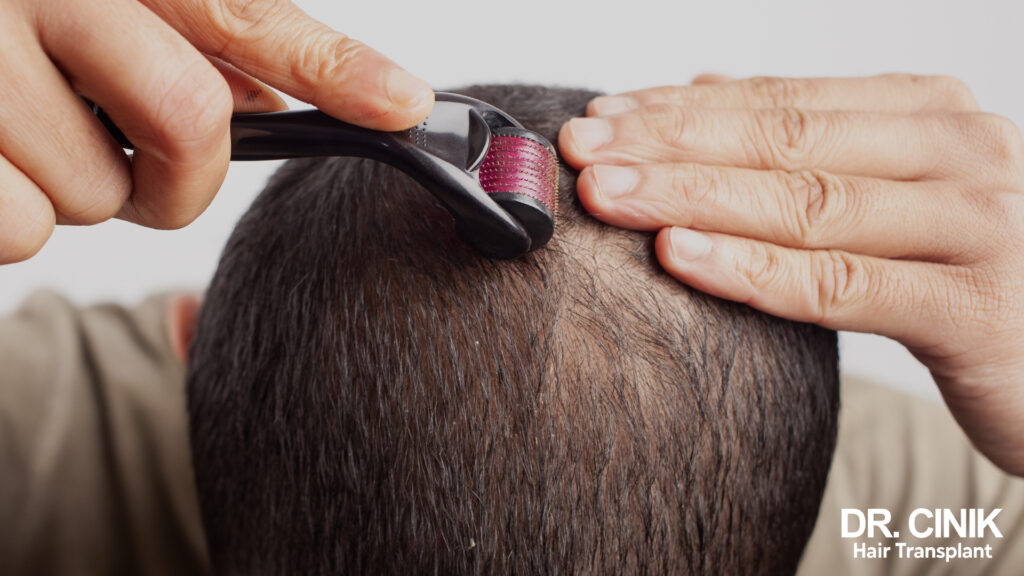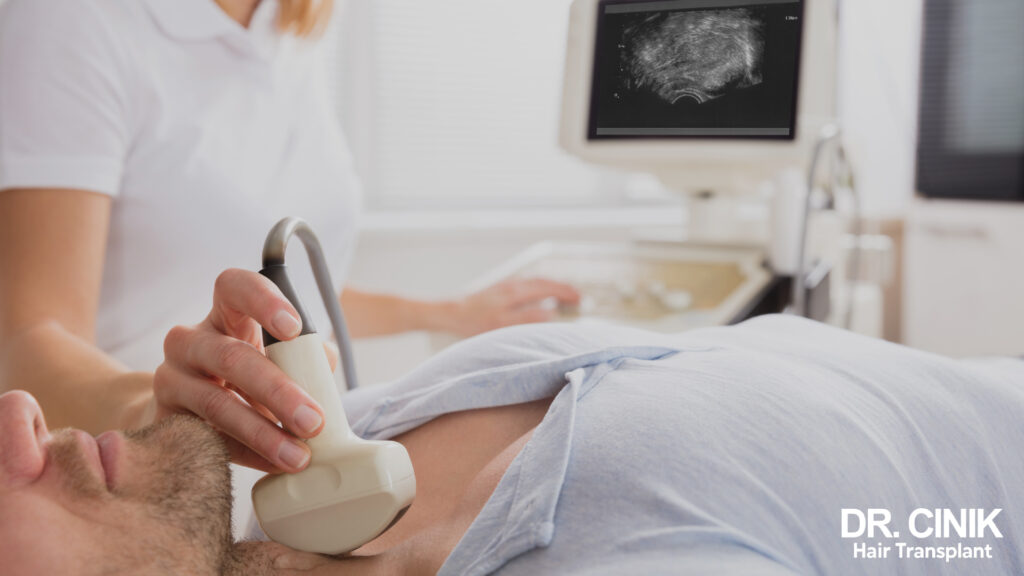Delayed growth after a hair transplant
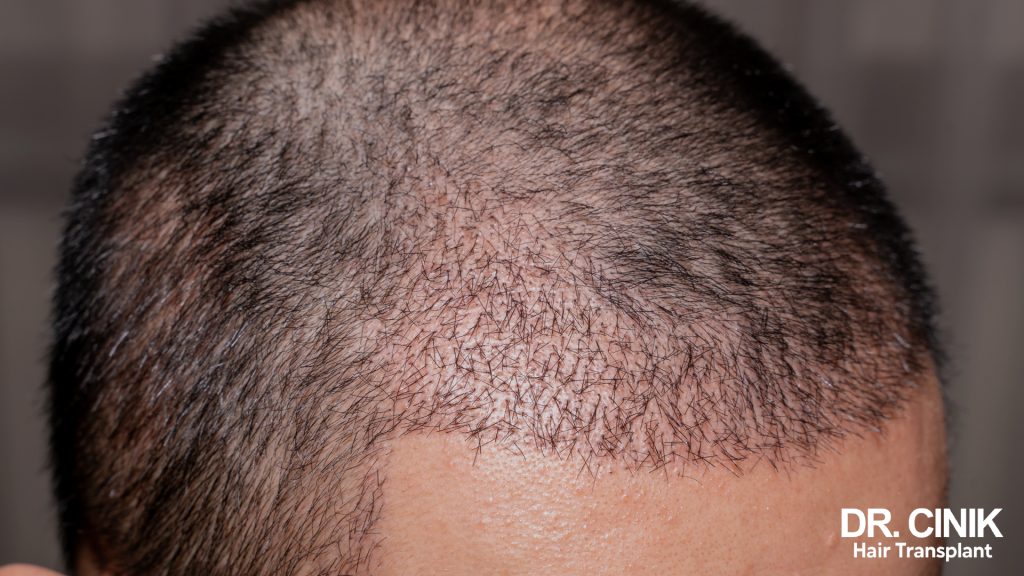
Sommaire
Hair transplantation has become a sought-after remedy for baldness or hair loss, with surgical techniques advancing significantly recently. These developments have led to results that are more natural and enduring. Nevertheless, the hair regrowth timeline post-transplant can differ greatly between individuals, which can cause concern for patients anticipating swift outcomes.
Post-transplant, hair undergoes several stages before it achieves stable and permanent growth. The initial phase, which often worries patients, involves shedding the newly implanted hair about a month after the procedure. This “Shock-Loss” is a normal and temporary part of the process.
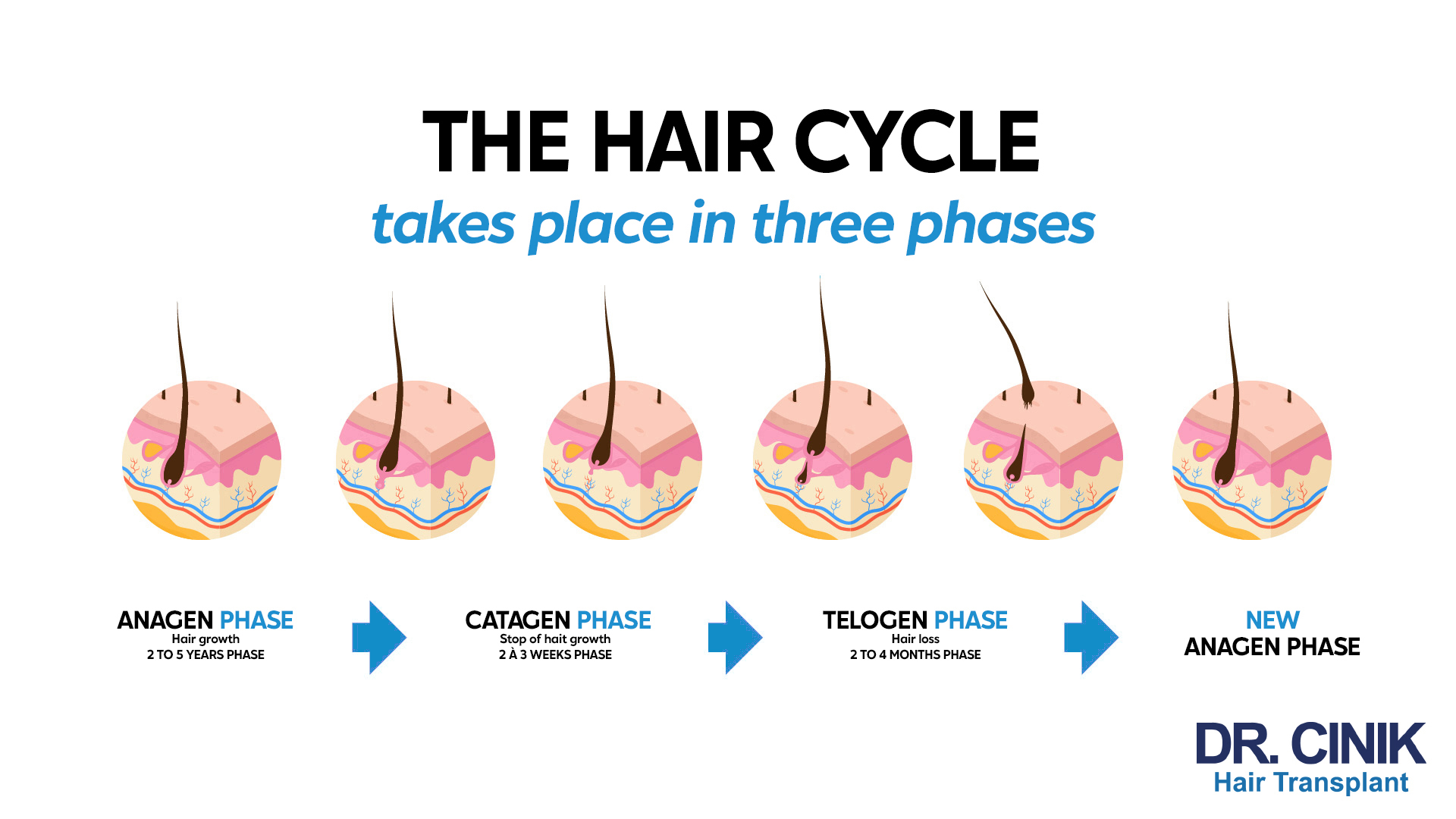
Following this shedding phase, hair gradually starts to regrow, a phase which can span various lengths of time but typically becomes apparent a few months post-surgery.
For some individuals, this regrowth may progress slower than anticipated. A prolonged regrowth period doesn’t necessarily signal an issue with the graft itself but can be affected by a range of factors such as the patient’s overall health, skin type, lifestyle, and unique personal traits.
Possible causes of delayed growth following a hair transplant
Late regrowth after a hair transplant can be influenced by several factors, including biological and related to the procedure itself. Understanding these factors can help to anticipate the regrowth process better and manage expectations.
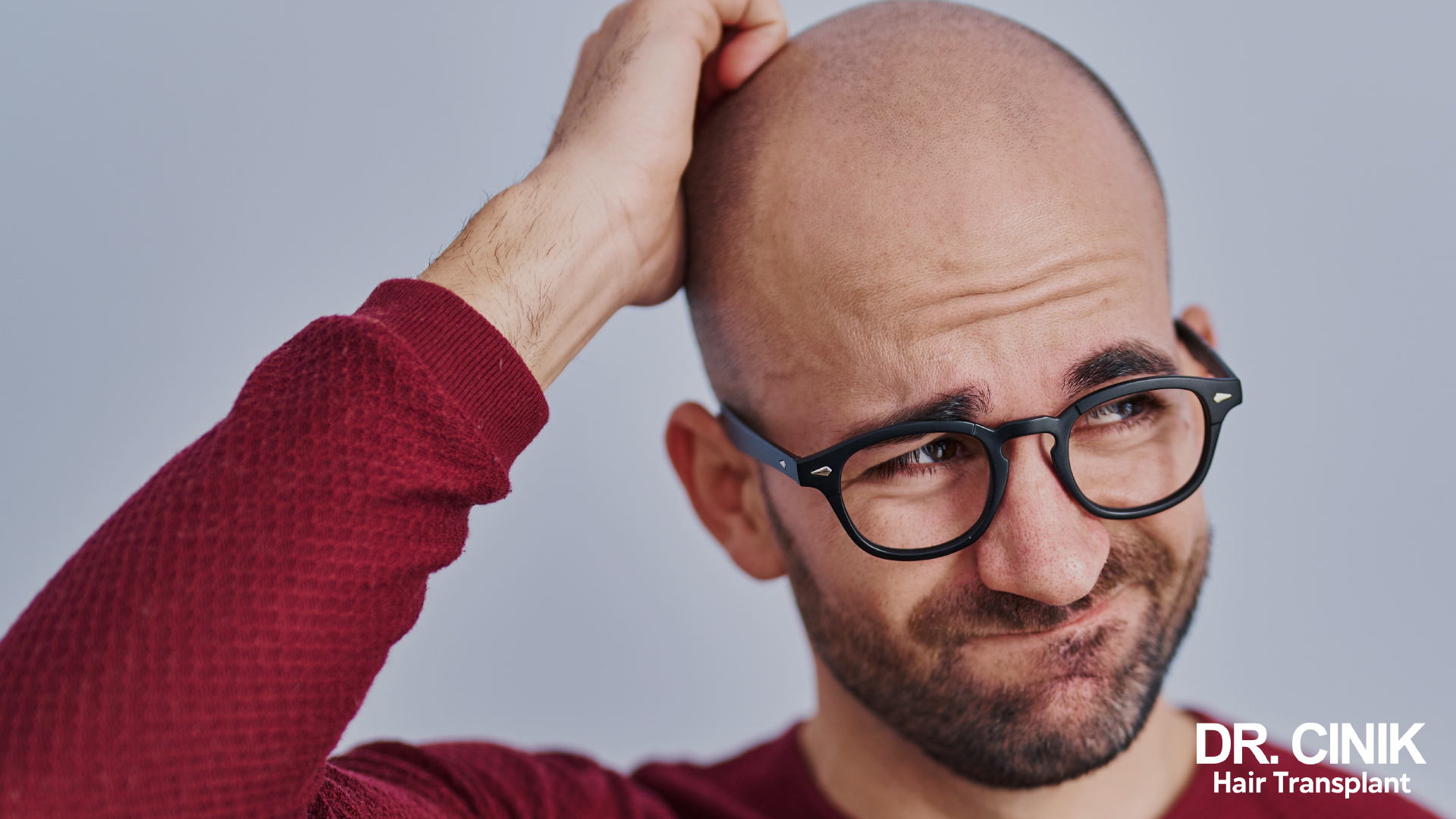
Biological factors
Every individual is unique, with factors like age, overall health, hormonal balance, and genetics impacting the rate of hair regrowth.
Some patients may experience a protracted shock-loss phase. While this stage is temporary, it may alter the perceived pace of hair recovery because it takes time for hair to regrow following this initial shedding.
Blood circulation in the scalp is vital for hair health and growth. Certain regions, such as the vertex or crown of the head, generally have lower blood flow compared to other areas, potentially affecting the regrowth speed post-transplant. Furthermore, there are inherent differences in scalp vascularization among individuals, which can also play a role in the varying rates of hair regrowth.
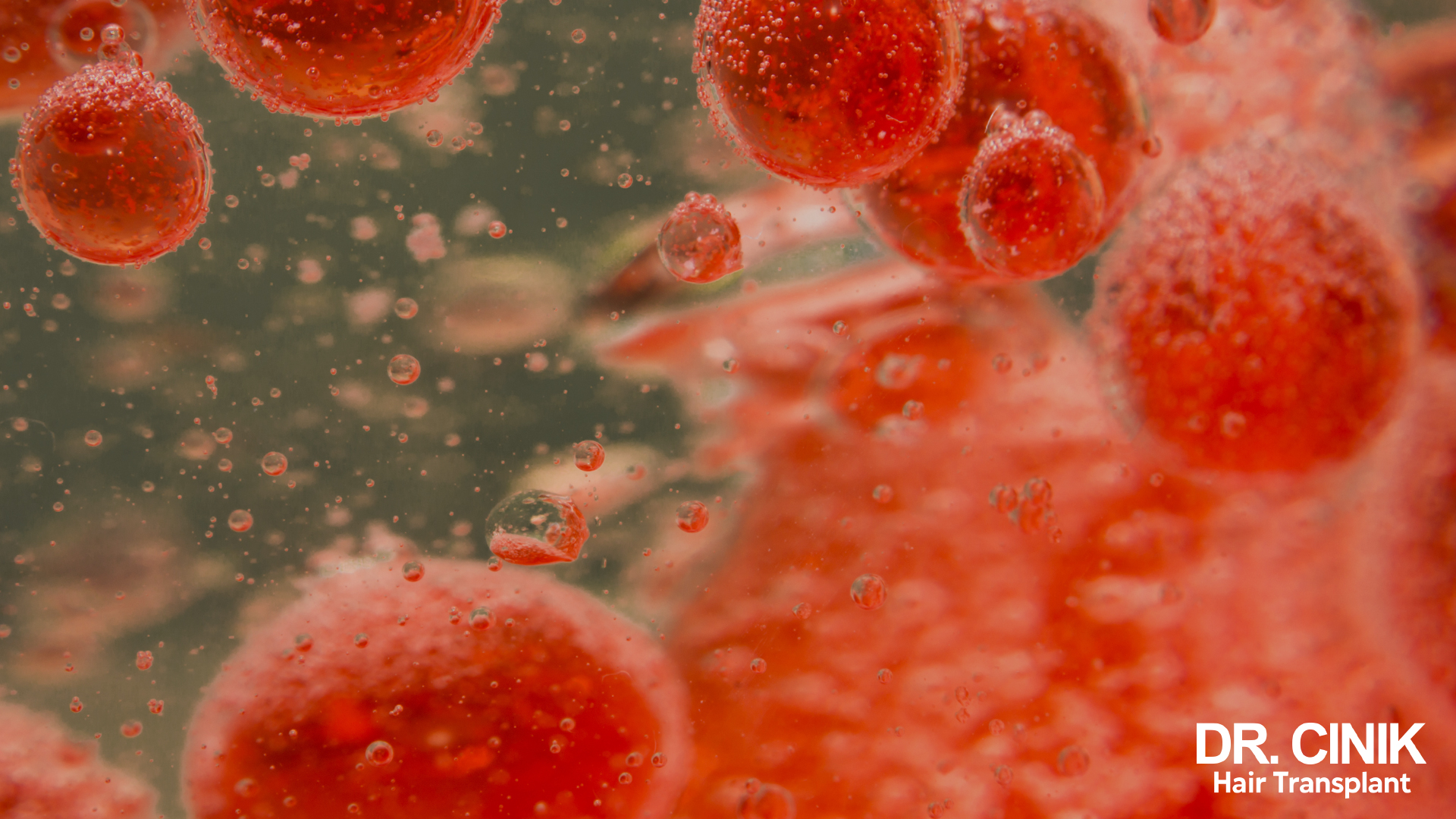
Technical factors
Beyond biological influences, a range of technical aspects can also impact the timeline of regrowth following a hair transplant. Such factors are associated with the implantation method, the surgeon’s proficiency, and adherence to post-operative guidelines:
- Implantation Method: Various techniques each have their own effects on the healing and regrowth processes. The traditional FUE method using a metal blade involves incision-making for graft implementation, an effective but possibly more traumatic approach for the scalp. This increased trauma may heighten the risk of shock loss, which is the temporary shedding of hair post-grafting. Conversely, the FUE technique that employs a sapphire blade is considered to cause less trauma thanks to the finer, more precise incisions, potentially leading to a quicker and healthier regrowth. The DHI method, utilizing a CHOI implant pen, is a notable improvement, as it combines the incision and implantation into one step, thereby reducing scalp damage and improving hair regrowth.
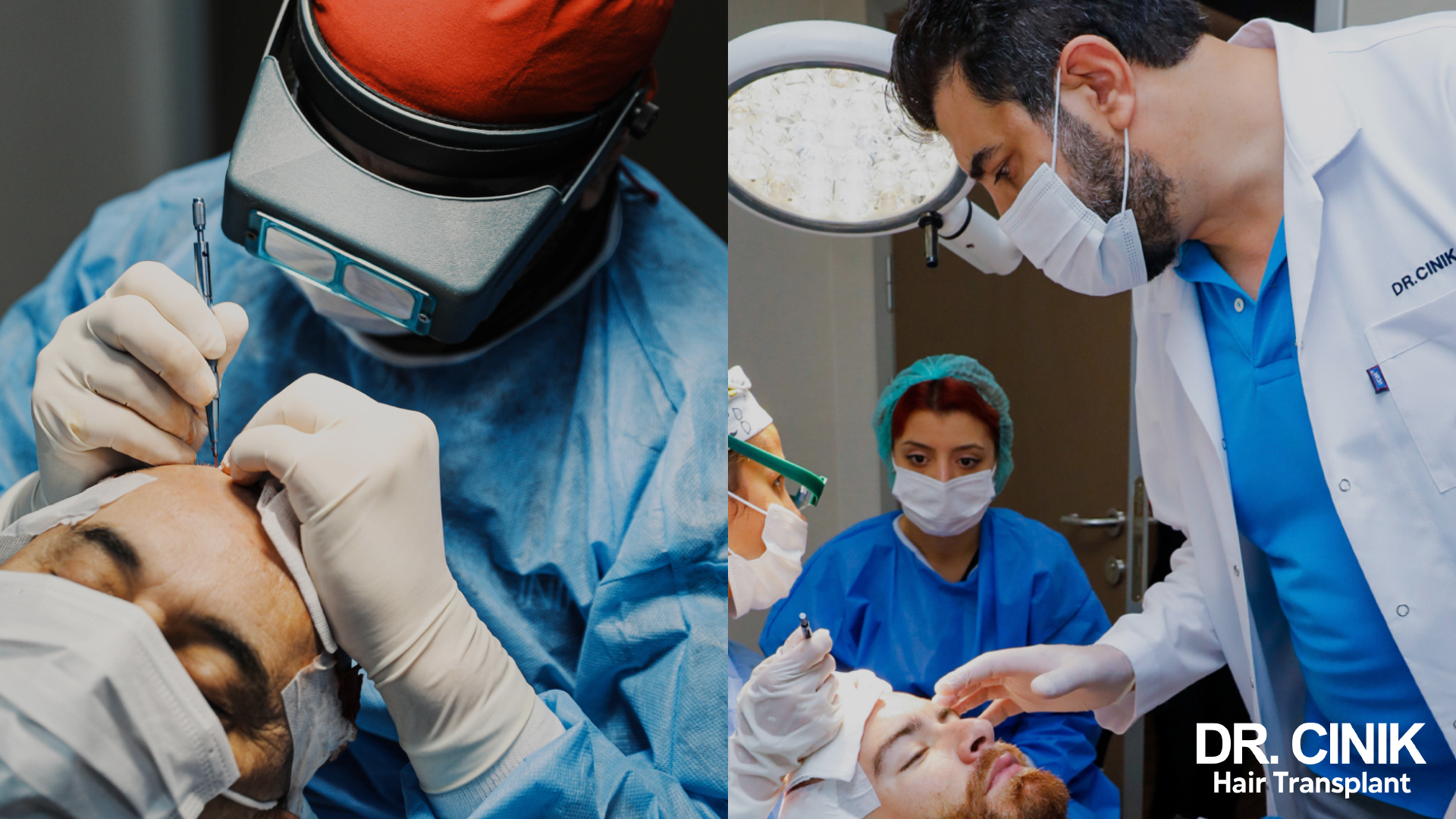
- Surgeon’s Experience: The surgeon’s expertise is pivotal to the success of the transplant. A well-versed surgeon will deftly select the most suitable technique for the patient, limit trauma during the operation, and ensure an optimal graft placement to encourage successful regrowth.
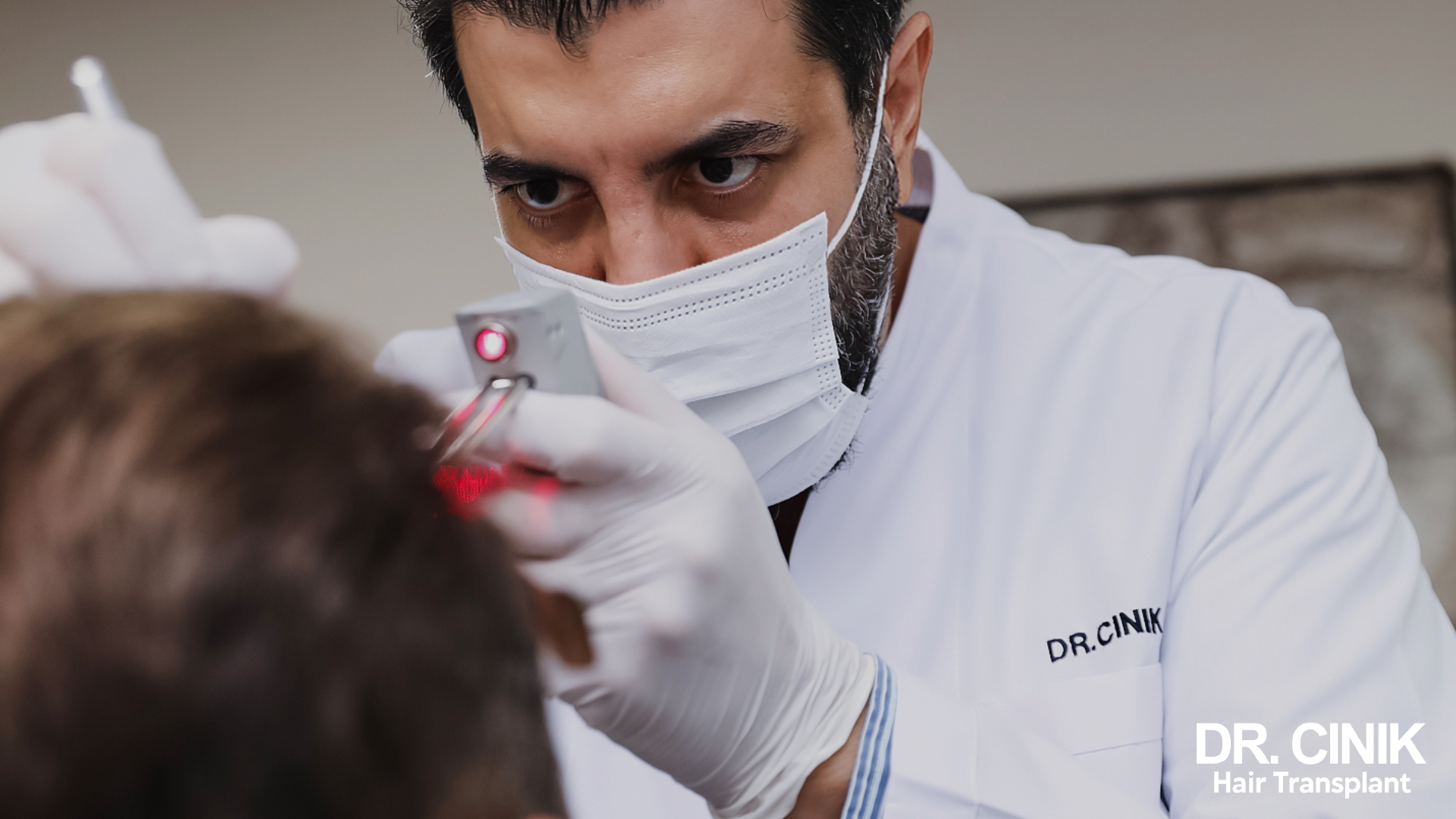
- Post-operative Instructions: Strict adherence to post-operative care is crucial for effective healing and regrowth. Recommendations often cover how to care for the scalp, restrictions on certain activities, and guidelines for proper hygiene and nutrition.
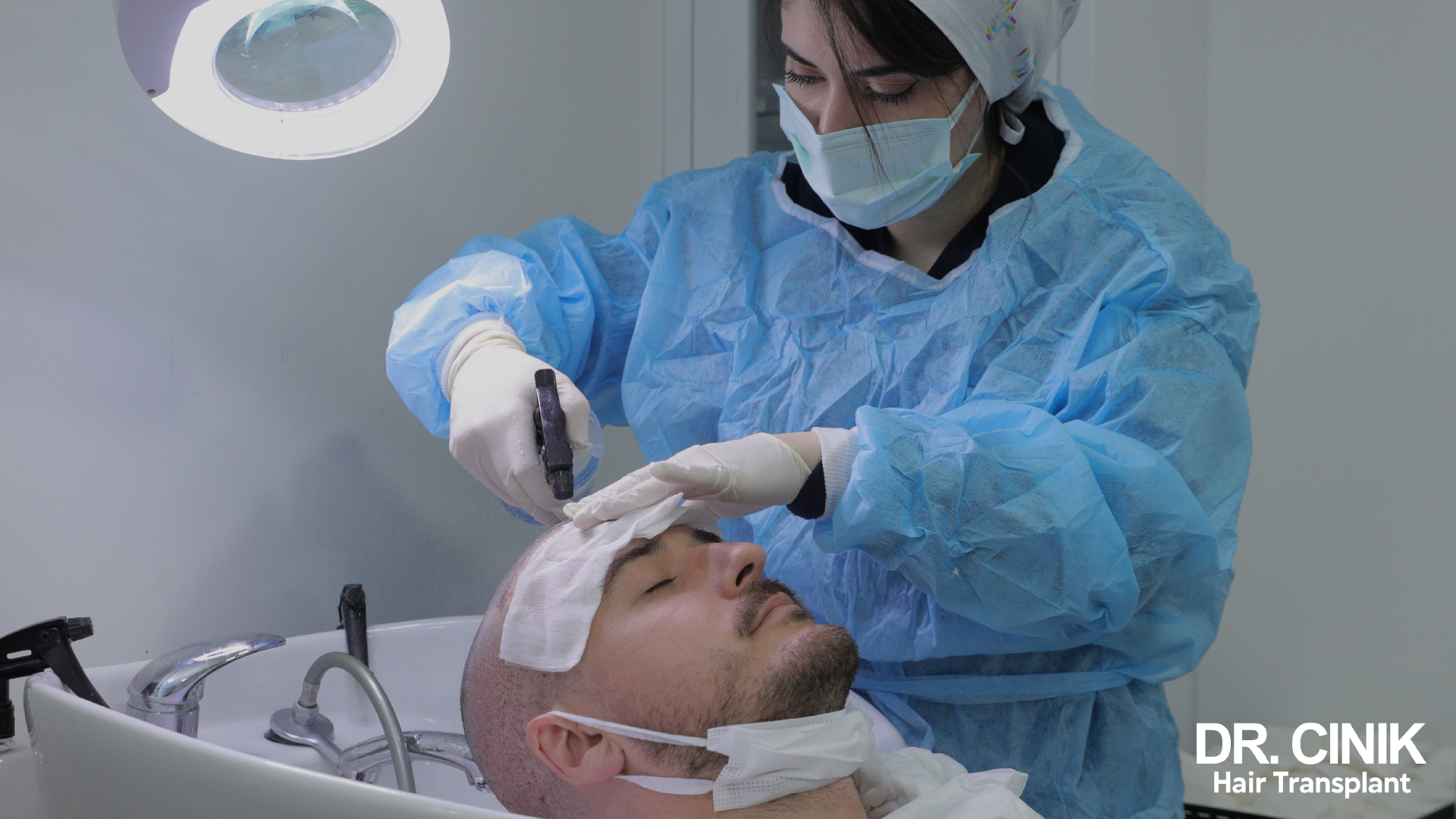
- Ingrown Hairs: Overly deep placement of grafts may result in ingrown hairs, which can delay the emergence of visible regrowth. This could stem from incorrect techniques or the surgeon’s inexperience.
Every step, from the selection of the implantation method to adherence to post-operative instructions, plays a significant role in the outcome of the hair transplant. It is, therefore crucial for patients to choose a competent surgeon and carefully follow all post-procedure instructions.
How to make grafts grow faster?
Various complementary methods are used to speed up graft regrowth after a hair transplant, each providing specific benefits in the hair healing and growth process.
One of the most popular methods is Platelet Rich Plasma (PRP) treatment. This technique, regularly practised by Dr. Cinik, involves injecting the patient’s own plasma, rich in platelets and growth factors, into the scalp. PRP stimulates tissue regeneration and promotes hair follicle growth, which can accelerate hair regrowth after transplantation.
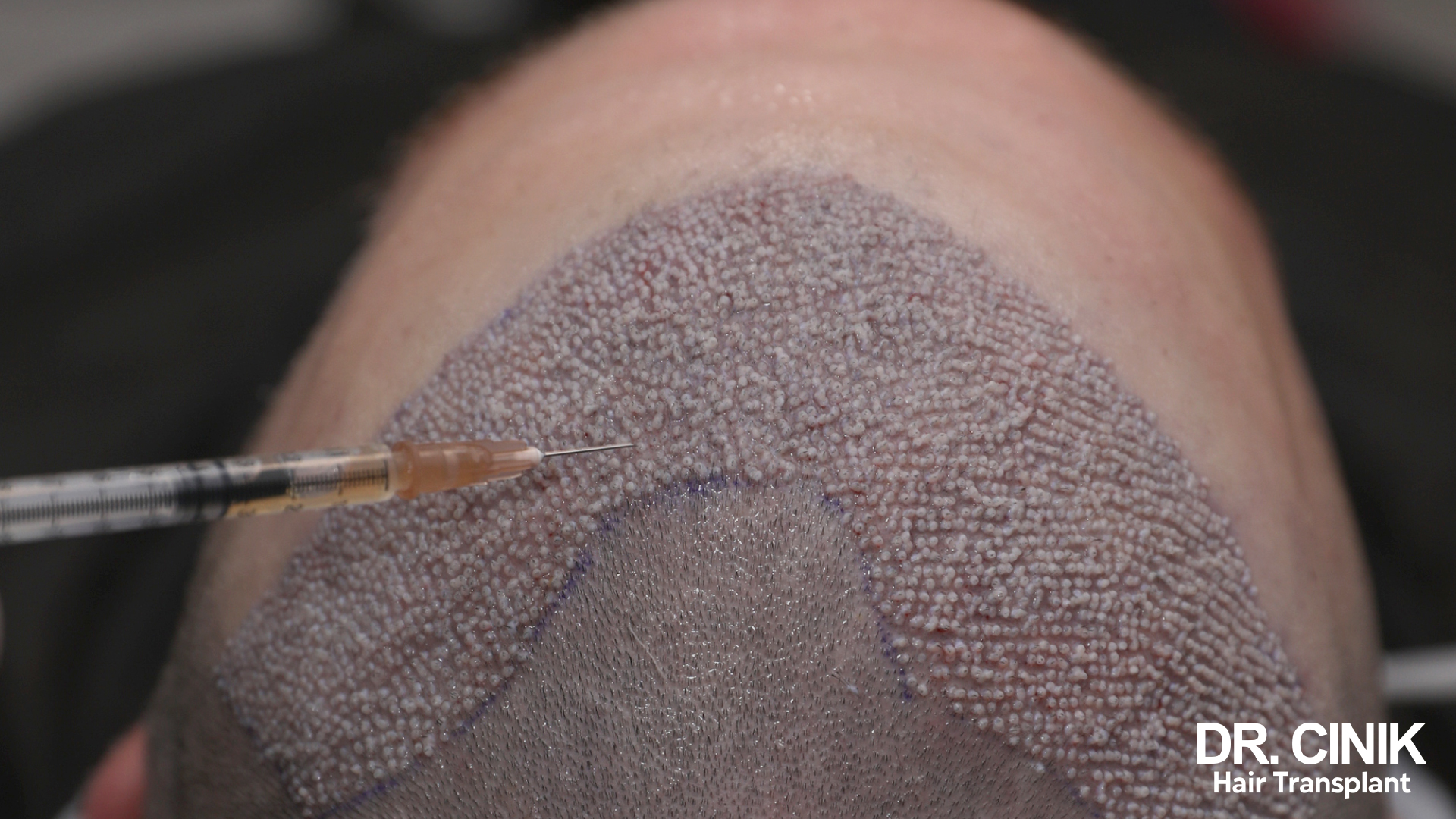
Another method is low-intensity laser stimulation. This non-invasive treatment uses low-power laser beams to stimulate hair follicles, improving blood circulation and encouraging hair growth. It is often recommended for its effectiveness and ease of use.
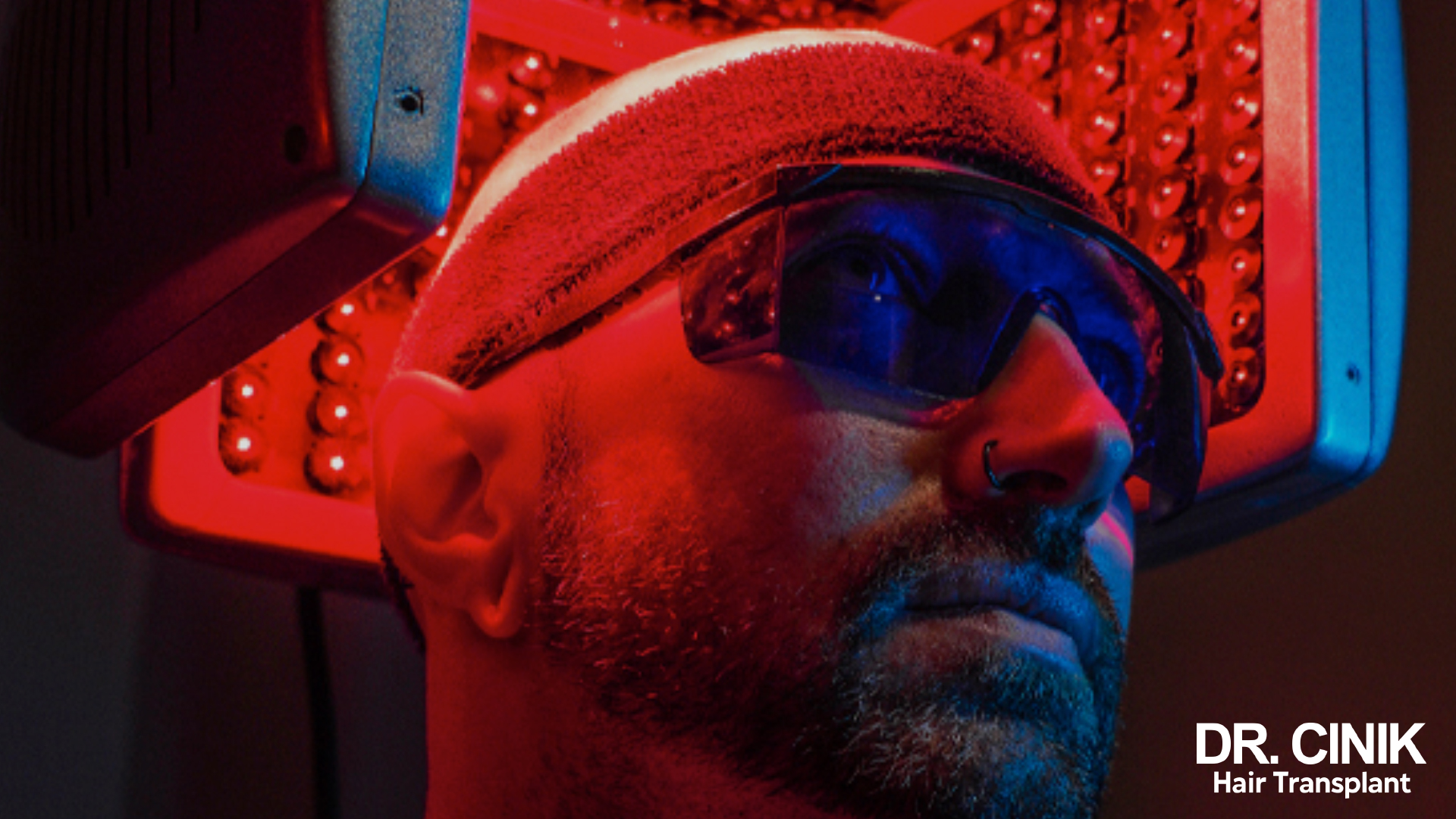
Finally, Regenera Activa mesotherapy is an innovative technique involving the use of micro-injections of nutrients directly into the scalp.
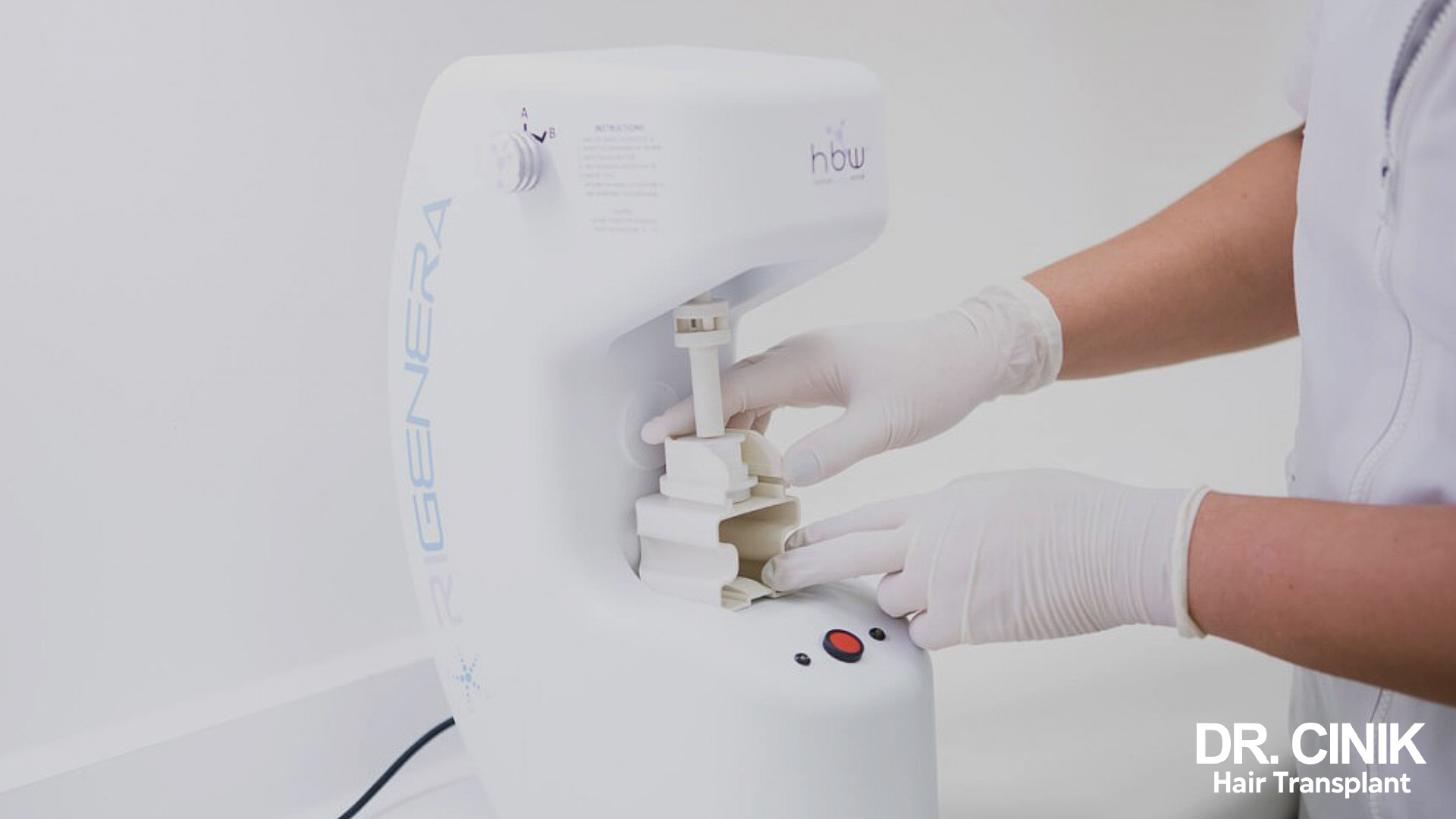
This treatment helps to revitalise and nourish hair follicles, promoting faster, healthier hair regrowth.
 en
en

